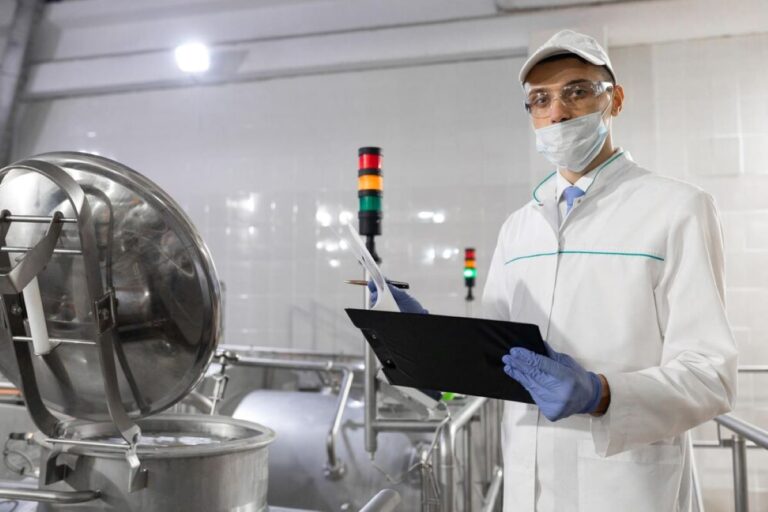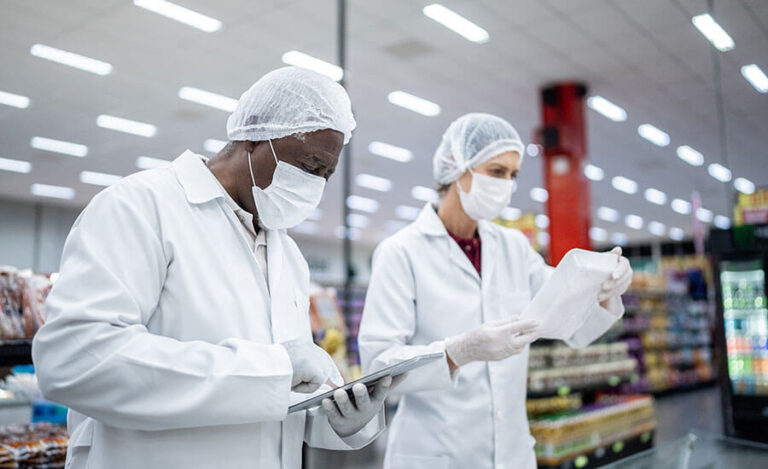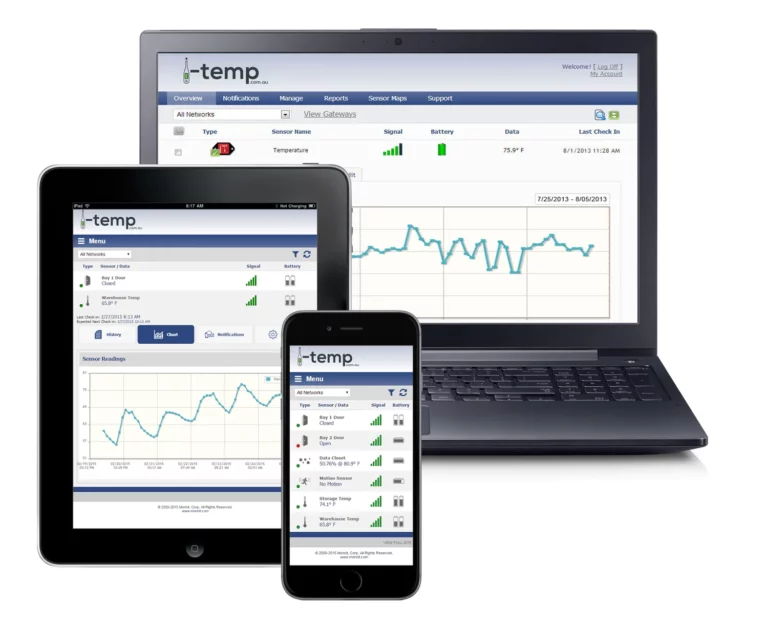In the dynamic landscape of food safety, maintaining precise temperature control is paramount. Temperature fluctuations can lead to the proliferation of harmful bacteria, compromising food quality and consumer health. Traditional manual monitoring methods are increasingly being replaced by advanced solutions like online temperature monitoring systems, which offer real-time insights and enhanced accuracy.
Understanding Online Temperature Monitoring
The online temperature monitoring refers to the use of digital sensors and cloud-based platforms to continuously track and record temperature data in real-time. These systems are integral in various stages of the food supply chain, including storage, transportation, and preparation, ensuring that food remains within safe temperature ranges.

The Critical Role of Temperature in Food Safety
Maintaining appropriate temperatures is crucial to prevent the growth of pathogens such as Salmonella and E. coli. The “danger zone” for bacterial growth is typically between 4°C and 60°C (40°F and 140°F). Food left within this range for extended periods becomes susceptible to contamination, leading to foodborne illnesses. Implementing online temperature monitoring systems helps in promptly identifying and rectifying temperature deviations, thereby safeguarding public health.
Benefits of Online Temperature Monitoring Systems
1. Real-Time Alerts and Rapid Response
One of the standout features of online temperature monitoring systems is their ability to provide instant alerts when temperatures deviate from preset thresholds. This immediate notification enables swift corrective actions, minimizing the risk of food spoilage and ensuring compliance with safety standards.
2. Enhanced Data Accuracy and Record-Keeping
Automated systems reduce human error associated with manual temperature logging. They offer precise, time-stamped records that are essential for audits and regulatory compliance. Moreover, these records can be easily accessed and analyzed to identify trends and areas for improvement.
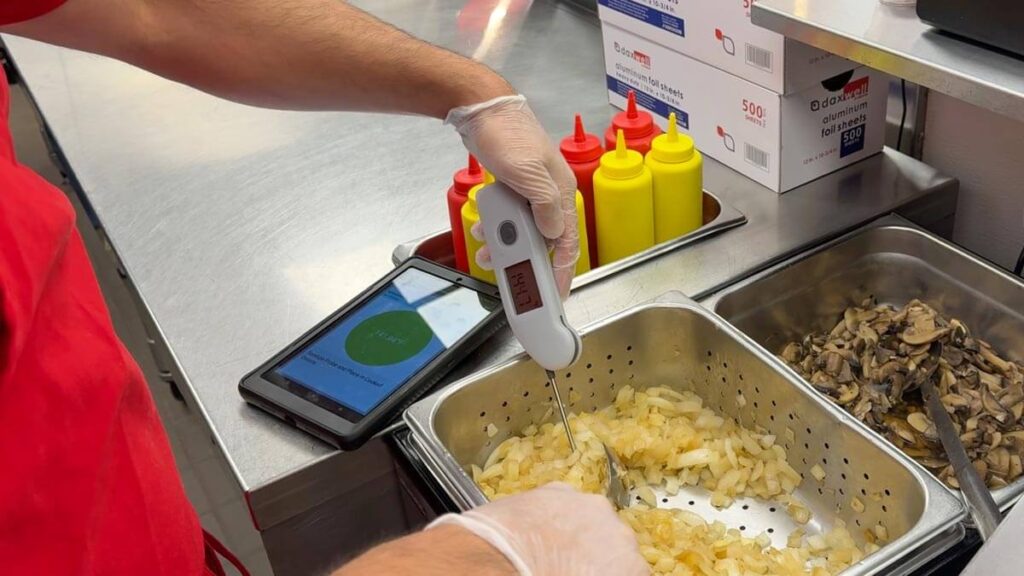
3. Compliance with Food Safety Regulations
Regulatory bodies mandate strict adherence to temperature control protocols. Online temperature monitoring systems facilitate compliance by maintaining detailed logs and providing evidence of due diligence, thereby reducing the likelihood of penalties and enhancing brand reputation.
4. Cost Savings through Waste Reduction
By ensuring optimal storage conditions, these systems significantly reduce food waste caused by spoilage. This not only leads to cost savings but also supports sustainability efforts by minimizing environmental impact.
5. Improved Operational Efficiency
Automating temperature monitoring frees up staff to focus on other critical tasks, thereby improving overall operational efficiency. Additionally, the integration of these systems with other digital tools can streamline workflows and enhance decision-making processes.
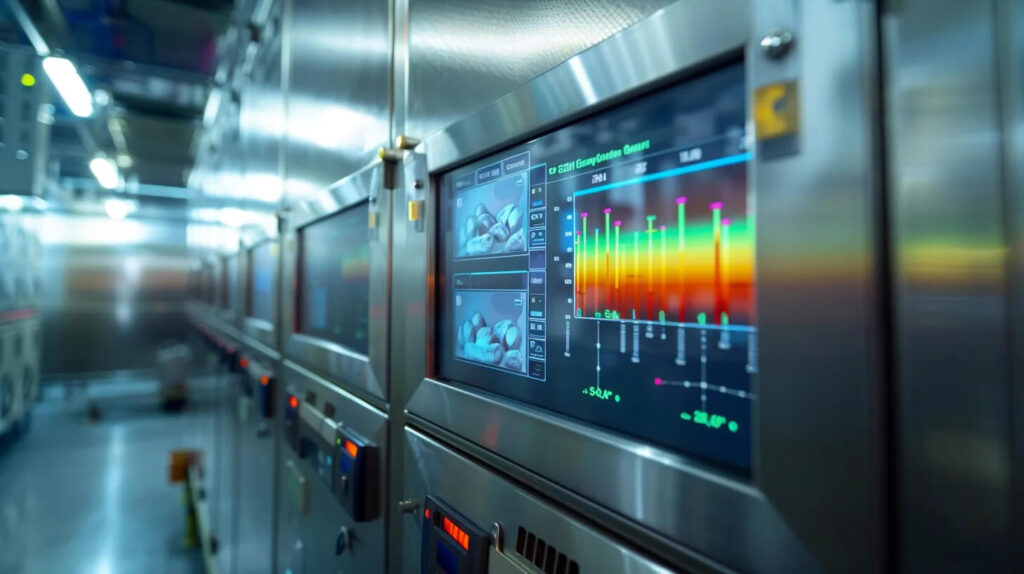
Implementing Online Temperature Monitoring in the Food Industry
Adopting online temperature monitoring systems involves selecting appropriate sensors, setting up cloud-based platforms, and training staff to interpret data effectively. It’s essential to choose systems that are scalable and compatible with existing infrastructure to ensure seamless integration.
Challenges and Considerations
While the benefits are substantial, it’s important to consider potential challenges such as initial setup costs, the need for reliable internet connectivity, and ensuring data security. However, the long-term advantages in terms of safety, compliance, and efficiency often outweigh these initial hurdles.
Conclusion
In an era where food safety is under increased scrutiny, online temperature monitoring systems emerge as indispensable tools. They offer real-time insights, enhance compliance, reduce waste, and improve operational efficiency. By investing in these technologies, food industry stakeholders can ensure the delivery of safe, high-quality products to consumers, thereby fostering trust and achieving long-term success.
Related: The Ultimate Guide to Food Safety Inspections in Australia


